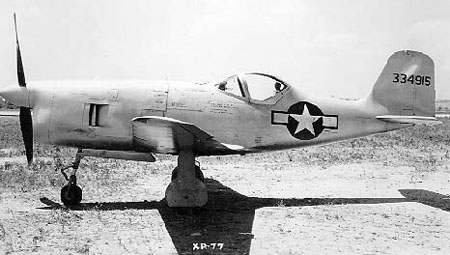Shortround6
Lieutenant General
The 7100lbs is quite a trick.
Take a P-30D-1 and take out the wing guns (95lbs) and 115lbs of armor (leaving you with the armor & BP glass of a P-39C) and you get just over 6400lbs of tactical empty aircraft.
Now we can add fuel and ammo.
120 gallons of fuel is 720lbs OOPS, we are over 7100lbs.
118 gallons of fuel? OOPS we have no ammo.
160lbs worth of ammo (no .30 cal), we are down to 91 gallons of fuel
Oh yeah, forgot about about the 88lbs worth of ballast weights.
No problem, just don't put in any ammo for one of the .50 cal guns and leave out another 4 1/2 gallons of fuel.
well we can take out one 50cal since we don't have ammo for it.
and put back in about 12 gallons of fuel.
May I present you with the
Superfighter P-400
one 20mm with 60 rounds and one .50 cal with 200 rounds.
about a gallon less fuel than a Spitfire.
Yeah, I can see the British jumping all over that one.
Edit: If you take out one .50 cal and 200rounds of .50 cal ammo how much ballast do you have to put back in?
Take a P-30D-1 and take out the wing guns (95lbs) and 115lbs of armor (leaving you with the armor & BP glass of a P-39C) and you get just over 6400lbs of tactical empty aircraft.
Now we can add fuel and ammo.
120 gallons of fuel is 720lbs OOPS, we are over 7100lbs.
118 gallons of fuel? OOPS we have no ammo.
160lbs worth of ammo (no .30 cal), we are down to 91 gallons of fuel
Oh yeah, forgot about about the 88lbs worth of ballast weights.
No problem, just don't put in any ammo for one of the .50 cal guns and leave out another 4 1/2 gallons of fuel.
well we can take out one 50cal since we don't have ammo for it.
and put back in about 12 gallons of fuel.
May I present you with the
Superfighter P-400
one 20mm with 60 rounds and one .50 cal with 200 rounds.
about a gallon less fuel than a Spitfire.
Yeah, I can see the British jumping all over that one.
Edit: If you take out one .50 cal and 200rounds of .50 cal ammo how much ballast do you have to put back in?
Last edited:


